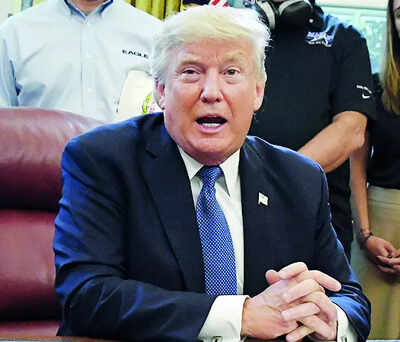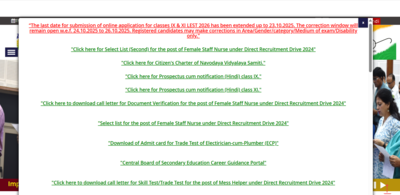As Trump administration moves to relieve student debt, which federal plans will benefit most?

Millions of Americans burdened by student debt have been granted a crucial reprieve. The Trump administration has agreed to resume student loan forgiveness for an estimated 2.5 million borrowers enrolled in specific federal repayment plans, following legal action by the American Federation of Teachers (AFT). The decision reverses the administration’s prior suspension of relief under income-driven repayment plans and restores access to programs designed to make loan repayment more manageable.The settlement mandates that the US Department of Education process forgiveness for borrowers enrolled in income-driven repayment (IDR) plans, including Income-Contingent Repayment (ICR), Pay As You Earn (PAYE), and Public Service Loan Forgiveness (PSLF) programs. Those who have paid more than required while awaiting forgiveness will be reimbursed. Moreover, balances forgiven before December 31, 2025, will not be considered taxable income, shielding borrowers from unexpected tax liabilities. The administration will also file biannual progress reports to the court to ensure accountability and transparency in application processing.
Legal battle and policy reversal
Earlier this year, the AFT filed a lawsuit challenging the administration’s suspension of forgiveness programs, arguing that federal student loan holders were being denied relief guaranteed under their original loan agreements. The Department of Education had paused forgiveness for certain repayment plans, citing court interpretations that blocked the Biden-era Saving on a Valuable Education (SAVE) plan. Critics contended that this interpretation was overly broad, effectively restricting most income-driven repayment routes to cancellation.AFT President Randi Weingarten described the settlement as a major victory for borrowers. He said in a statement as reported by the Associated Press: “We took on the Trump administration when it refused to follow the law and denied borrowers the relief they were owed. Our agreement means that those borrowers stuck in limbo can either get immediate relief or finally see a light at the end of the tunnel.”
Programmes and protections
The agreement ensures that eligible borrowers under ICR, PAYE, IDR, and PSLF programmes will have their debts forgiven. PSLF, which has existed since 2007, cancels federal student loans for public service employees who have made 120 payments. The Biden administration also introduced a “buyback” option in 2023, allowing borrowers to reclaim months of payments made during forbearance or deferment to qualify for forgiveness.While the agreement restores access to debt relief, administrative challenges may affect processing times. Mass layoffs at the Department of Education could delay application handling. Megan Walter, senior policy analyst at the National Association of Student Financial Aid Administrators, advised borrowers to maintain meticulous records and told the Associated Press: “If borrowers continue to make payments while their application is pending forgiveness, that will be refunded to them if they are successful. But keep really good records.”
Significance and outlook
The settlement offers clarity and relief for millions navigating complex repayment programs. Borrowers in eligible plans can now expect their applications to move forward, and payments made beyond forgiveness thresholds will be reimbursed. This development also ensures that income-driven repayment plans fulfill their intended purpose of providing long-term debt relief.By mandating the resumption of student loan forgiveness, the Trump administration has signaled compliance with federal law and reinforced the principle that legal and contractual obligations to borrowers cannot be ignored. For the millions affected, this agreement represents both immediate financial relief and renewed confidence in the fairness of the federal student loan system.






